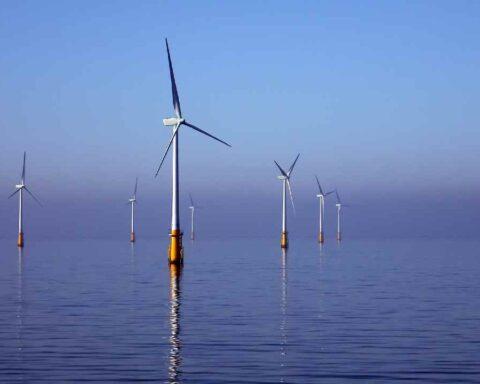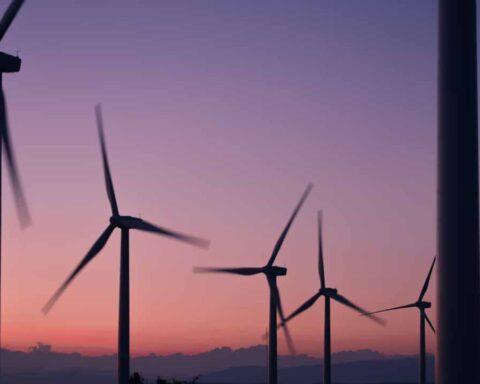Energy transition for India is rather a necessity than a luxury in the face of existential threats arising from climate change. It seems, the Government of India has acknowledged this fact in the Union Budget 2023 given the thrust on ‘Green Growth’ that has been identified as one of the seven priority areas.
In November 2021, Prime Minister Narendra Modi made a commitment on the global stage at the COP26 in Glasgow that India has set a target of producing 500 giga watts (GW) of green power by the end of the decade. It now appears that the government wants to put the building blocks and foundation for transitioning to greener forms of energy.
The allocation of ₹35,000 crore for the next fiscal for energy transition is signal of intent. It has also allocated ₹19,600 crore for the production of 5 million metric tonne (MMT) of Green Hydrogen by 2030. This translates to an outlay of ₹2,800 annually over the next seven year. According to the World Bank the global demand for hydrogen is expected to grow to 500 to 680 MMT by 2050 and the market that was valued at $130 billion in 2020-21 is expected to grow at 9.2% CAGR up to 2030.
At present, over 95% of hydrogen production is fossil-fuel based, with less than 5% being green, using renewable energy. In this context, investment in technologies for the production of green hydrogen makes sense.
Another thrust area is the outlay of ₹20,700 for grid development that will connect Ladakh to the distribution infrastructure to tap into the potential of the Union Territory of generating 13GW of renewable energy.
One of the biggest challenges in the production of renewable energy, especially solar, is energy storage during the production cycle of sunlight hours. In this direction the government signalled its intent by committing to developing 4,000 mega-watt hour (MWH) storage facility across the country. Though the finance minster, Nirmala Sitharaman didn’t not spell out the nuts and bolts of developing storage infrastructure, it will take serious investment in emerging technologies in this field.
Another source of green energy is converting waste into energy. For this, under the Gobardhan scheme, the government has embarked on the mission of converting waste-to-wealth, which will be facilitated by 500 smaller projects across villages and towns for which an outlay of ₹10,000 core has been provisioned. Additionally, gas marketing companies like GAIL have been mandated to distribute 5% of their total volumes of Compressed Bio Gas (CBG).
These initiatives are in addition to the various sops that were offered in the 2022 budget by way of Production Linked Incentive (PLI) scheme to the manufacturers of solar power modules and panels.
Overall, there is plenty to look forward to for the green energy sector.





























